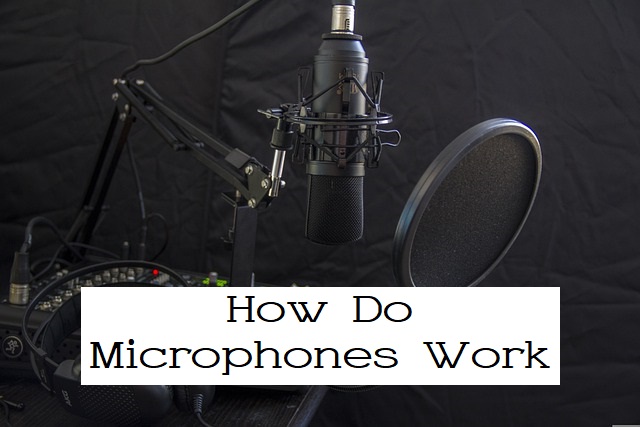One of the amazing modern technologies that has shown to be very helpful is the microphone. The days of screaming your voice to the top of your lungs to be heard throughout the entire auditorium are long gone. Even a whisper can be picked up by a microphone and amplified so that everyone can easily hear. But how do microphones function?
How Do Microphones Work?
So, this cannot be stated in terms of extremely elementary concepts. You must comprehend a few terms in order to comprehend the complete process.
- An object with the capacity to change energy’s shape is referred to as a transducer.
- Mechanical energy is the kind of energy a thing has while moving or as a result of its position. Similar to how sound waves are composed of particles, mechanical wave energy refers to the energy that these waves possess.
- Diaphragm: The diaphragm moves to produce vibrations, much like its biological counterpart. In addition, it serves as a partition between two chambers.
- I hope you still have memories of your science class. Since even a child is aware of this.
Now let’s talk about the electrical nature of a microphone. Amplification, which is accomplished through electrical signals, is its primary purpose. Sound waves, on the other hand, are analogue rather than digital. So how does amplification take place? How does the microphone create its own signal, even better?
Before we continue, I should note that amplification is not limited to digital waves. One can also amplify analogue waves. Simply because microphones are digital devices, amplification happens with digital. Additionally, not all microphones can be amplified.
In essence, microphones are transducers. They transform mechanical wave energy or sound energy into electrical energy, or audio signals. The microphone’s diaphragm is used for that conversion. According to the laws of electromagnetic or electrostatic physics, when a sound wave strikes it, it begins to vibrate, producing a matching audio signal. You are given that output at the conclusion.
This occurrence can be explained in a variety of ways. However, if you are not interested in the intricate aspects, the science underlying such devices might be pretty uninteresting.












